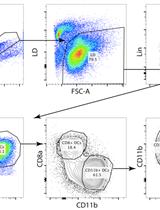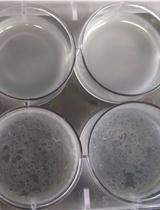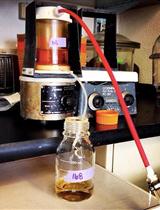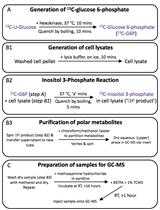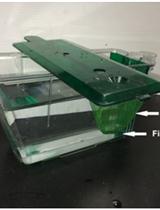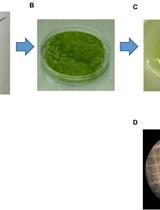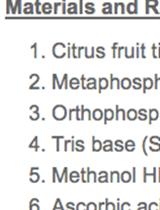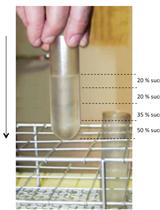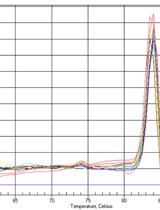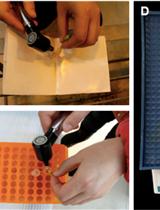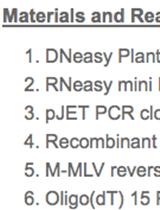- Protocols
- Articles and Issues
- About
- Become a Reviewer
Past Issue in 2015
Volume: 5, Issue: 5
Immunology
Isolation of Splenic Dendritic Cells Using Fluorescence-activated Cell Sorting
Microbiology
Vesicle Isolation from Bacillus subtilis Biofilm
Differentiation of Naturally Produced Extracellular Membrane Vesicles from Lipid Aggregation by Glucuronoxylomannan Immunogold Transmission Electron Microscopy in Bacillus subtilis
A Gas Chromatography-Mass Spectrometry-Based Two Stage Assay for Measurement of in vitro myo-Inositol 3-phosphate Synthase (INO1) Activity
Neuroscience
Thirty-Second Net Stressor Task in Adult Zebrafish
Plant Science
An Efficient Procedure for Protoplast Isolation from Mesophyll Cells and Nuclear Fractionation in Rice
Citrus Fruit Ascorbic Acid Extraction and Quantification by HPLC
Isolation of Polysome-bound mRNA from Rice Solid Tissues Amenable for RT-PCR and Profiling Experiments
Extraction of Small RNA and qPCR Validation of miRNAs in Vigna mungo
Measurement of Cellular Redox in Pollen with Redox-Sensitive GFP (roGFP) Using Live Cell Imaging
RNA Editing Detection by Direct Sequencing


